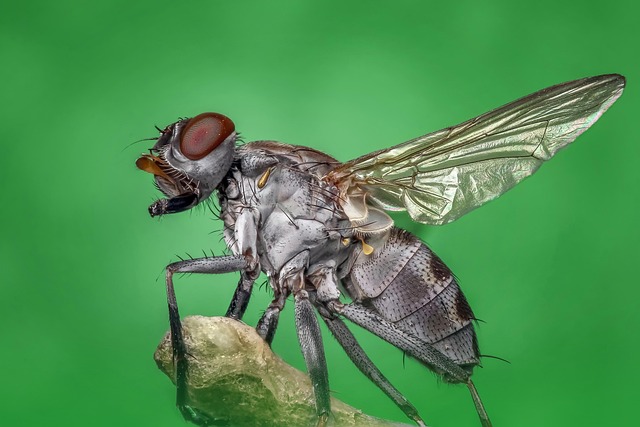
What is Diethyl Ether?
Diethyl ether, often just called ether (not to be confused with your uncle’s questionable cologne), is a colorless, highly volatile liquid that smells sweet—like a candy store on a summer day. But don’t let that fool you; it’s extremely flammable, and if it were a person, it would definitely be the one who lights the barbecue with a firework. This compound belongs to the ether class of organic compounds and has a rich history, especially in the world of anesthesia.
How is Diethyl Ether Made?
Most diethyl ether is a byproduct of a process called vapor-phase hydration of ethylene to make ethanol. Think of it as the unwanted but still useful sibling of ethanol. This process employs solid-supported phosphoric acid catalysts, which sounds complicated but is basically just a fancy way of saying they speed up the reaction. When ethanol is dehydrated over certain alumina catalysts, you can get diethyl ether yields of up to 95%. So, it’s like getting a bonus prize in your cereal box—but a more chemical and less fun one.
Uses of Diethyl Ether
Diethyl ether isn’t just a pretty face. It has some serious street cred in the lab world:
- Solvent for Reactions: It’s a common solvent for the Grignard reaction, which is a big deal in organic chemistry. If you’re mixing things with organometallic reagents, ether is your go-to.
- Liquid-Liquid Extraction: Ether is popular in liquid-liquid extraction processes, especially when dealing with non-polar substances. It’s like the bouncer at the club, deciding who gets in and who doesn’t.
- Starting Fluid: With a high cetane number of 85–96, diethyl ether is sometimes mixed with petroleum distillates as a starting fluid for gasoline and diesel engines. It’s like giving your engine a little espresso shot to wake it up.
Historical Context
Back in the day, diethyl ether was all the rage as a general anesthetic. Imagine a time when going under the knife was like taking a nap at a spa—minus the cucumber slices on your eyes. Surgeons used it to knock patients out, and it was all fun and games until someone woke up mid-surgery. Today, it’s more commonly used in labs than in operating rooms, but it still holds a nostalgic place in the hearts of those who remember the days of ether anesthesia.
Safety Considerations
While diethyl ether has its perks, it’s not all sunshine and rainbows. As mentioned, it’s highly flammable, so handling it requires some serious caution. Make sure to keep it away from open flames and sparks—unless you want a surprise that’ll make your last birthday party look like a picnic. Always use it in a well-ventilated area, and for goodness’ sake, don’t try to impress your friends by lighting it on fire. Trust us, that’s a party trick best left in the past.
Conclusion
Diethyl ether is one of those compounds that’s more useful than it seems at first glance. Whether it’s serving as a solvent, helping with reactions, or reminding us of a time when surgery was a bit more adventurous, it has a solid place in the world of chemistry. So next time you hear someone mention ether, you can nod knowingly and maybe even drop a fact or two—because who doesn’t love being the smartest person in the room? 😏
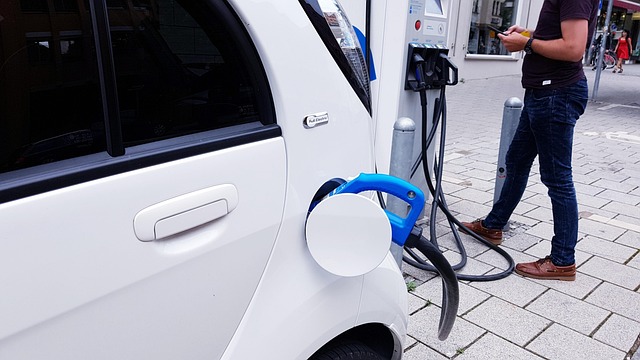
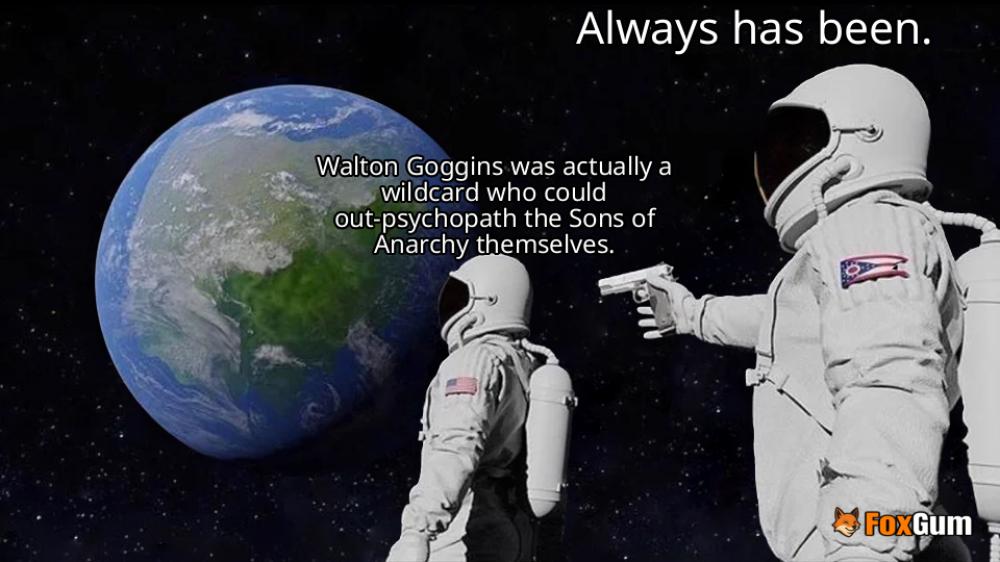
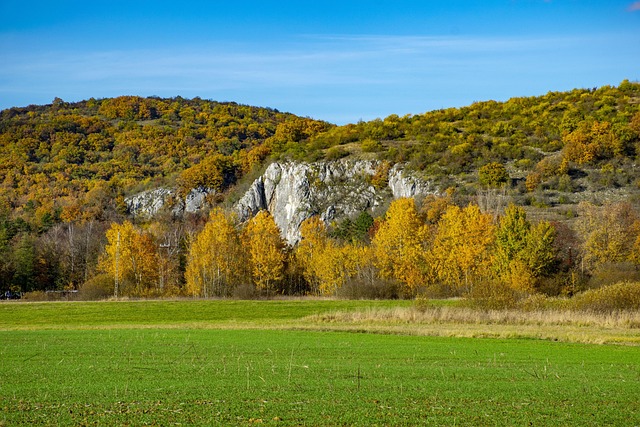



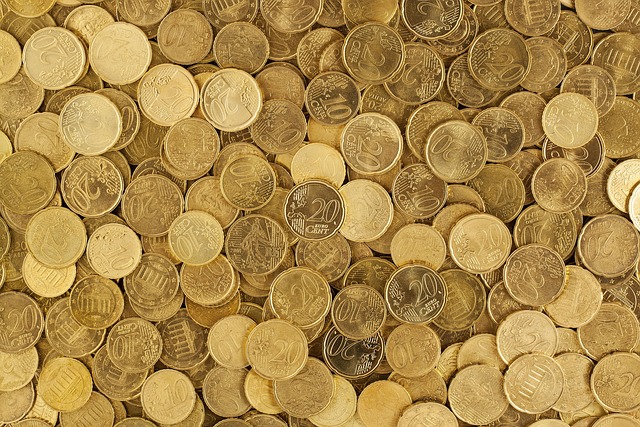



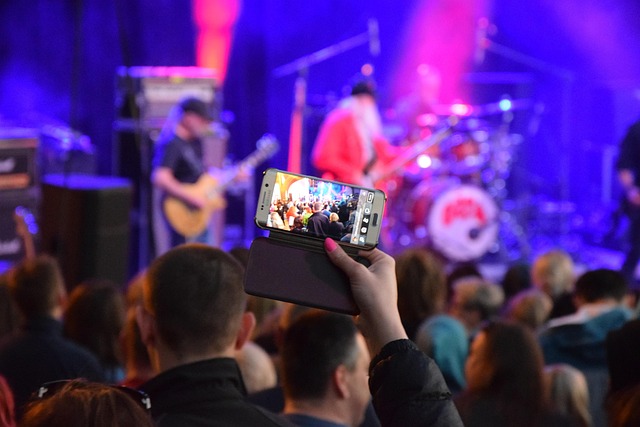





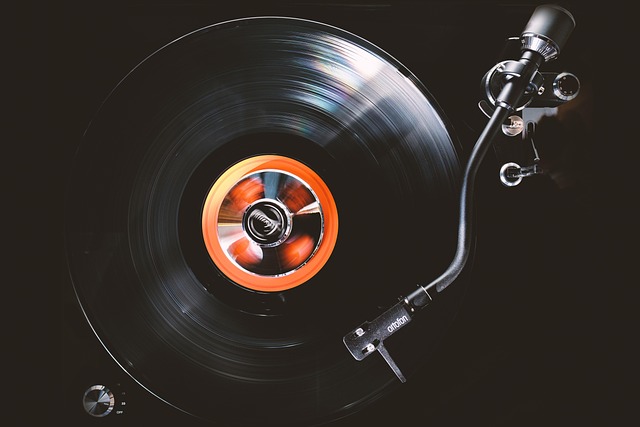
 What is an MP3 Trimmer?
What is an MP3 Trimmer? 
 Health
Health  Fitness
Fitness  Lifestyle
Lifestyle  Tech
Tech  Travel
Travel  Food
Food  Education
Education  Parenting
Parenting  Career & Work
Career & Work  Hobbies
Hobbies  Wellness
Wellness  Beauty
Beauty  Cars
Cars  Art
Art  Science
Science  Culture
Culture  Books
Books  Music
Music  Movies
Movies  Gaming
Gaming  Sports
Sports  Nature
Nature  Home & Garden
Home & Garden  Business & Finance
Business & Finance  Relationships
Relationships  Pets
Pets  Shopping
Shopping  Mindset & Inspiration
Mindset & Inspiration  Environment
Environment  Gadgets
Gadgets  Politics
Politics 